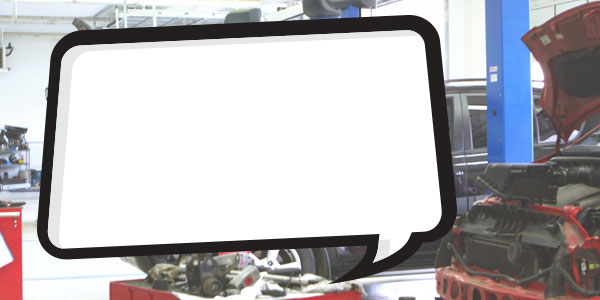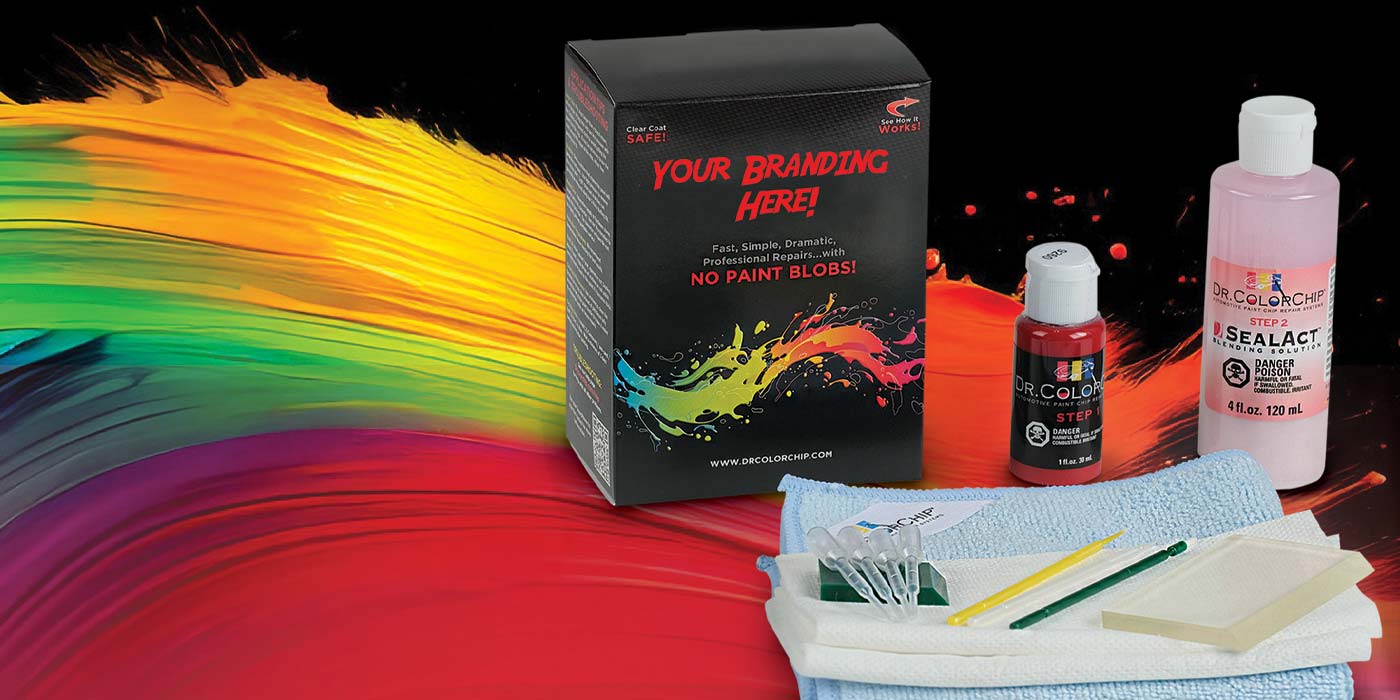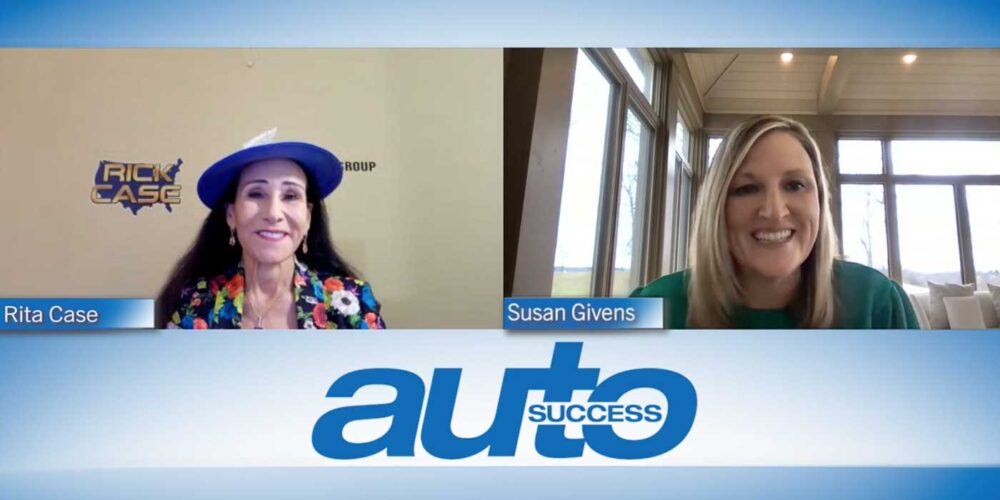We need to take a closer look at how we communicate with our customers and our colleagues as well as how our customers perceive us. We cannot expect for our colleagues and employees to just read our minds as to needs and actions without having an open line for conversation and understanding.
Customer loyalty is much more elusive and difficult to acquire than ever before and, to maintain our customers, we have to continue to “wow” them by providing them with exceptional service that glues them to us. Customers will leave and go to a competitor, and most often you will not know why — that is loss of profit and growth. It really is your job and responsibility to find ways to avoid customer departure, and good communication at all levels in the service department is the answer.
A recent report found that just 20 percent of companies have a well-developed customer experience strategy. This is a huge opportunity for companies willing to invest in customer service. And a recent survey found that only 8 percent companies truly deliver a superior customer experience.
Here is the shocker: 80 percent of these companies thought they delivered a “superior experience” to their customers.
Let’s look at some ways to handle your customers when they arrive in your service drive:
- Make your greeting pleasant and professional to the customer. Keep your desk inviting, possibly by even adding family or pet photos for conversation. This is your first chance to establish rapport with your customer. Treat your customers like family and you will find them more relaxed and open in their conversations with you.
- Smile. This is the first image your customer receives when he or she enters your facility, so make your smile genuine.
- Eliminate distractions. Customers will focus on what is before them. Don’t let them see a swollen stack of work orders on your desk, or miscellaneous papers stacked here and there — they’ll wonder if you are going to be able to work effectively on their vehicle.
- Watch your body language and keep your voice low and soft. If your customer is frustrated, angry and talking loudly, a consistent calmness in your voice will eventually help him or her relax. Nod your head as they express their feelings to demonstrate your compassionate response.
- Don’t rush. Match the tone and tempo of your voice to the customer’s and always demonstrate calmness and confidence.
- Really listen. Maintain close eye contact and pay close attention to what your customer is telling you. If appropriate, make notes
- Ask clarification questions and repeat what you’ve heard back to the customer for accuracy. Make every effort to determine the customer’s issues and concerns clearly.
- Demonstrate empathy. Your customer is upset with having to address the mechanical problem and wants you to feel how they feel. “I can certainly understand your frustration with this” is typically a good phrase to use.
- Go over issues and goals in plain talk. Although a proposed repair may involve technical words, explain what these words mean and do a step-by-step overview of what your service department is going to do to address the issue or issues.
- Introduce customers to helpful coworkers and involve them in questions and concerns if necessary. If possible, introduce customers to management. “Let’s ask our technician Bill and get his input” is a good technique. If “Bill” isn’t immediately available, then try to secure him for a brief consultation.
- Summarize what work is to be done clearly. Turn the work order of proposal paper around on your desk so your customer can read and follow along with what you are saying. Vocally address what will be done in easy-to understand terms.
- After consultation, if customer is to wait, walk them to the coffee and snack area and ask if you can get them anything. Point out where different snack or drink machines are located as well as the restrooms.
- Don’t let customers sit past the expected task finish time without checking in with progress or issues. If you have a break with other customers, walk to the waiting room to check in with your customer to see how they are doing. Be prepared to talk with them briefly and describe any progress you know of.
- When finished, go over the details of the bill and what work was done. If additional items were found for repair or adjustment, explain what was found, secure customer’s response for addressing the new item and act accordingly.
- Handle any in-house arrangements immediately. If vehicle is to be kept, help the customer with any rental or courtesy vehicle activity. Personally walk him or her to the rental person and introduce them. If a courtesy vehicle will be involved, direct your customer to the waiting area for a courtesy vehicle. Make sure their cell phone number is correct for follow-up texting or calls.
The most efficient service departments with the highest customer loyalty have effective, open lines of smooth communication in place. The more employees feel that they are part of the team and their input is respected, the more efficient their communication and professional task achievement will be. This can be reinforced by giving your employees a clear understanding of the service department’s brand and philosophy so they can adopt it into their daily activities.
It’s imperative that you empower your employees to “own” issues requiring attention with customer work or internal concerns. Enabling them to develop and handle solutions themselves as much as possible — without having customers wait while the employee finds a manager — eliminates the bottlenecks that bog down operations.
As a manager, get involved with your employees and coworkers and ask for their suggestions for improvements. Don’t be afraid to ask for help. A statement such as, “Okay folks, can we take a quick break? I need your thoughts on how we can handle a situation” automatically opens doors of communication and clearly shows that employee input is respected.
Share what you know with those you work with. Avoid situations where “taking credit” for something becomes acceptable. Emphasize group efforts for solutions and make frequent “congratulation” statements when solutions are successful.
Well, there you have it. I suggest you train your employees to adapt these suggestions into their everyday activities. And, when you are face-to face with your customer, don’t forget to smile.














